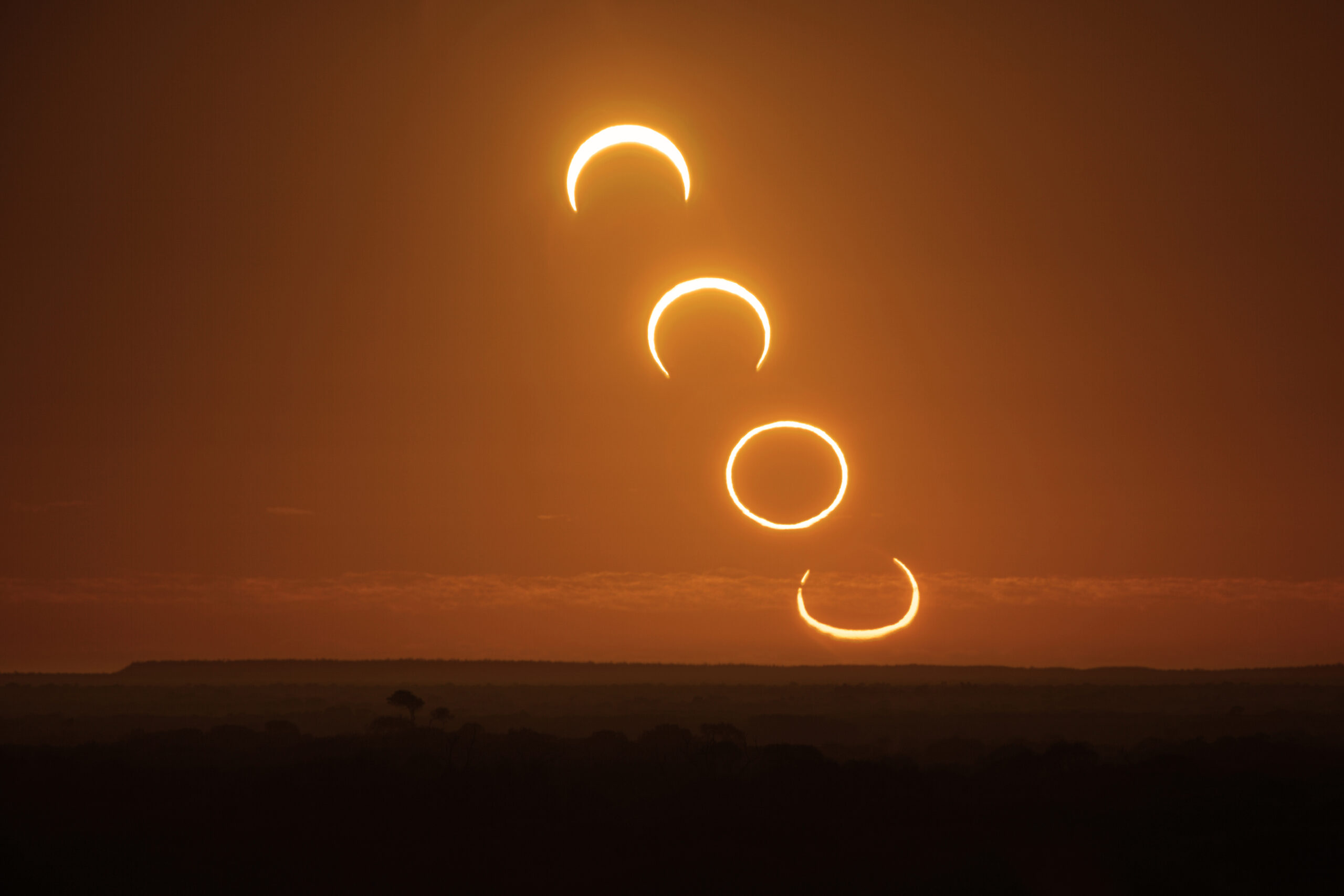A Ring of Fire Solar Eclipse is set to grace the skies on Saturday, October 14, 2023. While it won’t be visible in the Indonesian skies, the United States’ National Aeronautics and Space Administration (NASA) plans to live-stream this natural phenomenon on its website, Twitter, Facebook, YouTube, and official NASA app.
The Ring of Fire Solar Eclipse is slated to occur in the United States on October 14 at 9:13 AM local time, which translates to 11:13 PM WIB (Western Indonesia Time). This remarkable event will last for 5 minutes and 17 seconds.
According to NASA’s website, this eclipse can be observed directly in North America, Central America, and a significant portion of South America. It’s worth noting that the ring of fire of this solar eclipse can only be seen within a path that’s approximately 118-137 miles wide or around 190-220 kilometers.
This path will traverse the western United States, then move on to Mexico, Central America, and parts of South America. The Ring of Fire Solar Eclipse will dim the sky in eight U.S. states, namely Oregon, California, Nevada, Utah, Colorado, Arizona, New Mexico, and Texas.
Understanding the Ring of Fire Solar Eclipse
A Solar Eclipse occurs when the New Moon positions itself directly between the Earth and the Sun, casting its shadow upon the Earth.
The Moon follows a slightly elliptical orbit around the Earth. Consequently, at two points during its orbit, the Moon is at its farthest (apogee) and closest (perigee) distances from Earth. This results in the Moon appearing slightly smaller and larger in the sky.
A Ring of Fire Solar Eclipse transpires when the Moon appears relatively small in the sky, thus failing to completely cover the Sun’s disk. This creates the appearance of a thin outer ring known as the “ring of fire.”
Whether the Moon fully covers the Sun’s disk or not depends on the Moon’s distance from Earth. For this particular event, the Ring of Fire Solar Eclipse won’t darken the sky like the Total Solar Eclipse on August 21, 2017.
Observing the Solar Eclipse
If you intend to witness a Solar Eclipse directly, it’s crucial to use solar filters at all times. Both Partial Solar Eclipses and Ring of Fire Solar Eclipses pose the same risks to your eyes.
The Ring of Fire Solar Eclipse in the sky resembles a Partial Solar Eclipse. Approximately 91% of the Sun’s disk will be obscured by the New Moon. Ensure you wear eclipse glasses, use cameras, telescopes, or binoculars equipped with solar filters if you have the opportunity to observe it firsthand.
The next Ring of Fire Solar Eclipse is scheduled for October 2, 2024. This celestial event will be visible in the South Pacific Ocean, southern Chile, and southern Argentina.
In Conclusion
The Ring of Fire Solar Eclipse promises to be a breathtaking celestial spectacle for those in its path. For those unable to witness it in person, NASA’s live-stream offers a front-row seat to this captivating event. It’s a reminder of the wonders of our universe and the awe-inspiring beauty of celestial occurrences.

